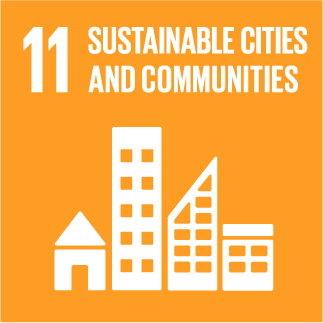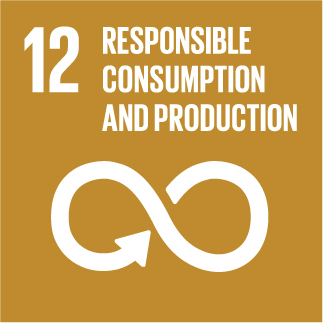Integrated manufacturing of REciclable multi-material COmposites for the TRANSport sector
Conversion of Lignocellulosic Biomass Waste to Plywood Alternative
Plywood is a preferred material used in furniture and home building for its durability since the Egyptian and Roman times. In 2019, the world consumed 165 million cm3 of plywood and was responsible for the creation of more than 3 billion tons of CO2. Applications for plywood are widespread including construction, home, retail, and office interior works and furnishings such as cabinetry, woodworking, renovations, and outfitting.
Regulations and protectionism to slow down deforestation plus the tightening of sustainable forestry management lessen the supply of logging for plywood. As global demand continues to be strong, the search for a viable replacement for plywood has become more pressing. More importantly, it is important to find a non-wood-based replacement with similar performance to plywood. Plywood is desirable because of its superior performance properties. Alternatives like medium-density boards (mdf) and particle boards are made from recycled wood waste. Unfortunately, plywood can only be made from virgin wood and there are no direct replacements for plywood currently.
This technology leverages the global abundance of lignocellulosic fibre waste which is the discarded waste material after the harvesting and production of palm oil, rice, and wheat. The technology transforms these lignocellulosic fibre wastes into a direct replacement for conventional plywood. This provides a sustainable, economically viable, and environmentally friendly solution to the continuing demand for plywood and the resolution to the growing lignocellulosic fiber waste problem in agri-food-based countries all over the world.
The technology owner is open to various forms of collaboration including IP licensing, R&D collaboration, and test-bedding with different types of agrifood sidestreams. In the case of palm biomass waste, rice, and wheat straw waste, the technology is ready for commercialization.
TECHNOLOGY FEATURES & SPECIFICATIONS- Produced material comparable to Grade A plywood in all performance parameters including modulus of rupture (MOR), modulus of elasticity (MOE), and water swelling
- Lower CAPEX & OPEX compared to producing conventional plywood
- Conversion process able to utilize standard commercial manufacturing equipment
- Activates the lignin within the agricultural biomass and transforms it into a 'natural superglue’ without commonly used formaldehyde-based binders
- Utilizes a series of hot presses under swinging and cyclical pressures and temperatures
- Construction
- Furniture
- Packaging
- Sports Equipment
- Automotive Industry
- Marine Industry
Based on market research, the plywood industry is projected to experience significant growth from $54.79 billion in the current year to $85.26 billion by 2027, at a compound annual growth rate (CAGR) of 9.4%. With the increasing demand for sustainable materials and the valorization of agricultural waste, there is a potential opportunity for technology to emerge as a sustainable substitute for plywood in this expanding market.
Unique Value Proposition- Sustainable solution as a direct replacement to plywood that reduces deforestation and recovers tremendous amounts of CO2
- Non-added formaldehyde (NAF)
- Valorized plywood replacement comparable to Grade A plywood
- A credible global solution that contributes to reversing climate change


This project has received funding from the European Union's Horizon 2020 research and innovation programme under grant agreement Nº 768737


